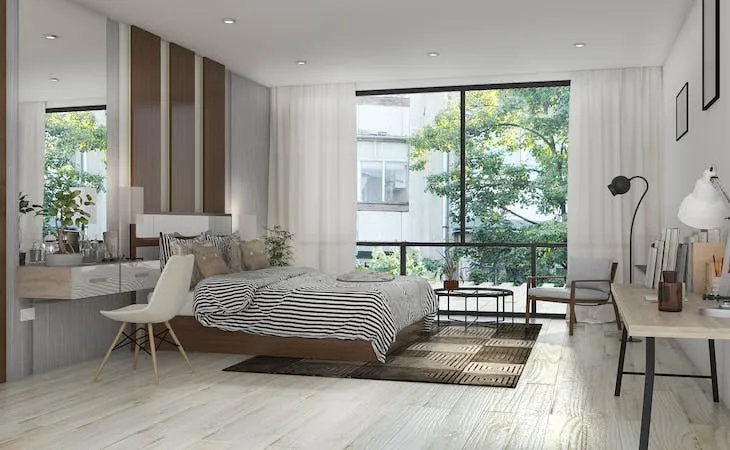When it comes to home design, the layout of a house can significantly impact both functionality and comfort. One popular layout that has gained traction in recent years is the split bedroom floor plan. In this comprehensive guide, we’ll explore what a split bedroom floor plan is, its benefits, and considerations for homeowners.
What is a Split Bedroom Floor Plan?
A split bedroom floor plan is a design where the bedrooms are separated from each other, typically by shared living spaces such as the kitchen, dining room, or living room. This layout often places the master suite on one side of the home, while the other bedrooms are located on the opposite side. This separation allows for increased privacy and can cater to various lifestyle needs.
Benefits of a Split Bedroom Floor Plan
1. Enhanced Privacy
One of the primary advantages of a split bedroom layout is the increased privacy it offers. Homeowners can enjoy a quiet retreat in their master bedroom while children or guests occupy the other rooms on the opposite side of the house. This separation is particularly beneficial for families with teenagers or multi-generational households.
2. Better Noise Control
With bedrooms located away from common areas, noise levels can be significantly reduced. This design minimizes disturbances, allowing for a more peaceful sleeping environment. Whether it’s the sound of a television, conversations, or kitchen activities, a split bedroom floor plan helps create a tranquil atmosphere.
3. Flexible Use of Space
The split bedroom layout often accommodates various lifestyle needs. For instance, the separate bedrooms can be used for guests, home offices, or hobby spaces. This flexibility allows homeowners to adapt their living environment as their needs change over time.
4. Ideal for Entertaining
If you enjoy hosting guests, a split bedroom floor plan can enhance your entertaining experience. With bedrooms located away from the main gathering areas, guests can enjoy socializing without intruding on the privacy of the bedrooms. This setup is perfect for parties, family gatherings, or casual get-togethers.
5. Improved Home Value
Homes with well-designed split bedroom floor plans are often more attractive to potential buyers. The privacy and functionality of this layout can be appealing to families, retirees, and anyone looking for a versatile living space. When considering resale value, a split bedroom design can be a significant selling point.
Considerations for a Split Bedroom Floor Plan
While a split bedroom layout offers many benefits, there are also factors to consider before deciding if it’s the right fit for you.
1. Size and Layout of the Home
A split bedroom floor plan works best in larger homes, as there needs to be enough space to effectively separate the bedrooms from common areas. If you’re working with a smaller footprint, this layout might not maximize the available space.
2. Accessibility
Consider the accessibility of the bedrooms in relation to the main living areas. If the layout requires going through several rooms to access a bedroom, it may not be the most convenient option for guests or family members.
3. Heating and Cooling Efficiency
Separating bedrooms from common areas can impact heating and cooling efficiency. Ensure that your HVAC system is capable of effectively regulating temperature throughout the entire home, regardless of how the space is laid out.
4. Personal Lifestyle
Think about your lifestyle and how a split bedroom floor plan would fit into it. If you frequently have guests or need private spaces for work or hobbies, this layout could be ideal. However, if you prefer a more communal living arrangement, a different floor plan might be more suitable.


